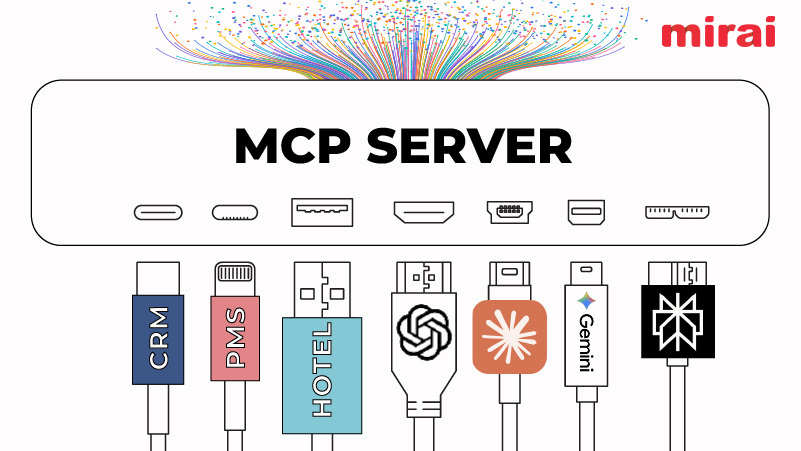
In our previous article we discussed how 2017 has been an exciting year for digital marketing with a focus on key trends impacting your online presence in 2018. The next step is to start planning your budget for the coming year. Businesses need to decide how much to spend on digital marketing, which channels to optimize, and where to make investments in new technology while keeping up with the budget allocated for the financial year.
Start Here
Most businesses don’t have an adequate budget to fully invest in all aspects of digital marketing. There is an ongoing struggle to optimize the spend between the practical reality of running a business and a wide array of marketing options. The ultimate goal is to deliver the right content to the right user at the right time. Utilizing the steps to achieve that goal will help you allocate your digital marketing budget most effectively.
Everything you do from a budgeting perspective must start with your business goals. At the very outset, you must decide what is most important:
- Are you trying to drive more revenue?
- Do you care mostly about customer acquisitions?
- Do you wish to maintain or grow your brand?
- Are you interested in building brand loyalists?
Depending on your goals, the strategy you implement and technology you deploy may differ.
Map goals to your tactics and results
Once your goals are decided you need to map these to tactics to accomplish those goals.
For example, if you want to drive more revenue, you could focus on:
- Increasing the number of orders
- Converting first time buyers into customers
- Increasing the size of the order
- Increase sales from existing customers
- Decreasing customer churn ratio
If the goal is to drive build brand reputation and develop loyalists, then you might focus on:
- Increasing social media engagement
- Developing and distributing engaging content
- Incentivizing customers to sharing or engage with your content
Once the tactics are set, identify the channels and customer touchpoints you are going to use to reach those goals. For example:
- What search engines might be best to reach your audience?
- What kind of display advertising do you need and which network might be most beneficial?
- Which social networks are most relevant for your business?
- Are there 3rd party channels such as online travel sites (OTA’s) and meta search engines that you should consider?
- Which customer review channels are important for your business – Yelp, TripAdvisor, Citysearch, Google Places or others?
Finally, you should measure what you do across channels to help you optimize your spend and resources. A proliferation of multiple devices accompanied by the evolution of customer behavior has created new challenges in tracking and understanding the customer journey.




